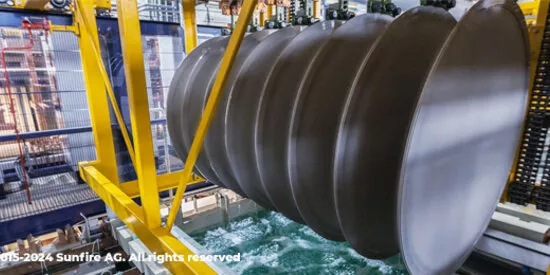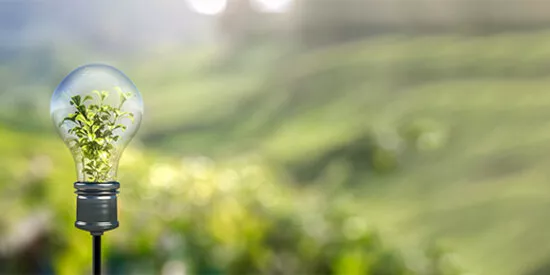
How do green and social bonds contribute to the sustainable development in Africa?
In just 10 years, the green and social bond market has gone from nothing to become a part of mainstream finance. It has funded projects ranging from renewable energy, to low carbon buildings and energy efficiency. Yet the bulk of its activities have been in the more developed economies, while the area of greatest need is the developing world and specifically Africa
“Without significant investments to accelerate inclusive and green growth in Africa, the global community will not achieve the UN’s Sustainable Development Goals (SDGs),” says Hassatou N’Sele, Treasurer of the African Development Bank Group (AfDB Group). “There are trillions of dollars earning negative to very low interest rates in the world while Africa offers high returns. We need to channel these funds into the continent.”
The green and social bond market is one of the most visible conduits for capital into African SDG-related projects, although bank loans are a larger source of capital. While multilateral development institutions have issued bonds for projects in Africa, private institutions such as corporates have not exploited the market’s potential due to sweeping perceptions that the continent is uniformly high risk.
Since the European Investment Bank issued the first climate awareness bond in 2007 and the World Bank debuted its inaugural green bond in 2008, green and social bonds have successfully matched private finance’s quest for returns and environmental & social impact with the UN’s 17 SDGs, complementing the balance sheets of multilateral development institutions. More than 200 issuers have raised a total of USD 170 billion – USD 200 billion in 2018, depending on the definition used.
USD 2.5 trillion funding gap
But the funding gap in developing countries remains huge. The United Nations Conference on Trade and Development estimates that achieving the SDGs will take USD 5-7 trillion, with an investment gap in developing countries of about USD 2.5 trillion.
Looking specifically to Africa, the funding gap is about 90% of what is required, far higher than the 15% in Europe and the US, according to the UNEP-FI. That puts Africa in the spotlight. For the UN SDGs to be met, private finance must be attracted to Africa through vehicles such as green and social bonds.
Even so, AfDB Group’s N’Sele is optimistic: “Some asset managers are opening funds dedicated to SDG investing in Africa. Others will follow. I fully believe that it is the direction of history,” she says.
Changing perceptions of risk
What steps can be taken to see private sectors organizations, in particular corporates, significantly increase their issuance of green and social bonds to finance positive impact projects in Africa? One way is to have governments lead by example and set up green bond programmes. For example, Kenya is establishing a framework for green bond issuance and the government plans to issue its first sovereign green bond issue in its 2018-2019 financial year.
But what will change perceptions of risk more generally? “Systemic risks could be addressed through different avenues – from facilitating human capital such as modern education to advancing the legal environment and improving corporate governance,” says Andrew Cross, Deputy Treasurer at the IFC. “Importantly, one must not forget that there is no “one-fits-all” solution – for such a vast continent as Africa, embracing 54 countries from South Africa to the DRC, we should always start with analysis of diverse risk profiles.”
Governance and guarantees
In the past few years, multilateral institutions such as the IFC have helped to develop the knowledge and capacity of officials in African countries so that they can build deep, vibrant, liquid capital markets and create and enshrine clear governance, clear rules and transparency of arbitration. This gives governments the skill sets to negotiate a public-private partnership with the private sector, which might be funded by a green bond. Additionally, the AfDB is focused on improving Africa’s investment and business climate to create markets and opportunities for private sector operation.
Other ways that multilateral institutions are mitigating risk and building private sector confidence are by being the lender of record in a transaction or offering commercial or political guarantees. For example, the AfDB has arranged Africa’s largest syndicated A/B loan to date and offers both political and commercial risk guarantees to de-risk projects. This has been key to fund raising in some renewable energy projects.
The next step
“Multilateral issuers like the IFC and AfDB have shown the way into developing countries, especially Africa,” concludes Stephane Marciel, Head of Sustainable Bonds, Societe Generale. “But I also hope that the large international companies that invest in Africa, especially through infrastructure like energy and transport, will issue green and social bonds to finance their projects. Public money isn’t sufficient. We need the private sector to get involved more significantly.”




